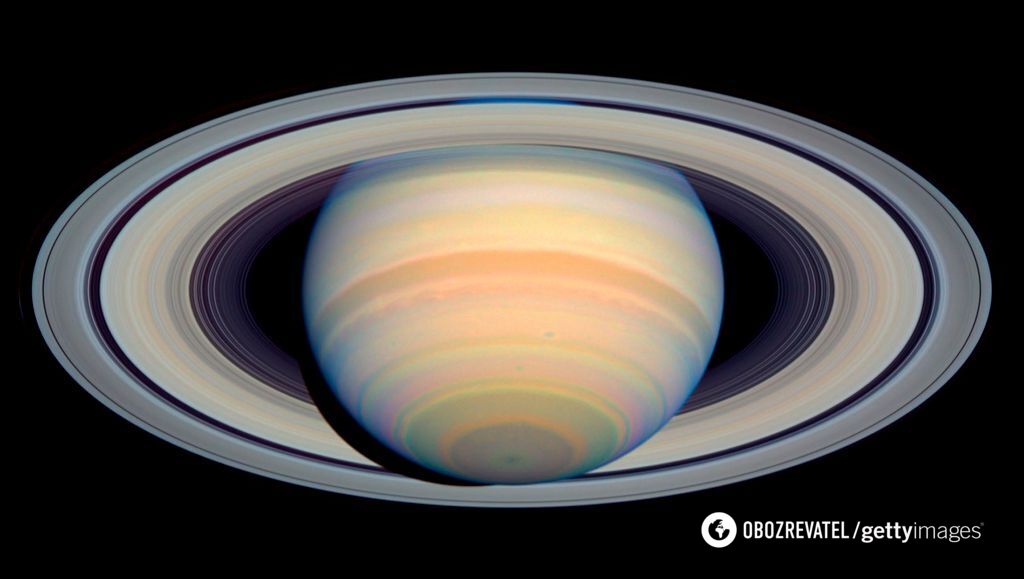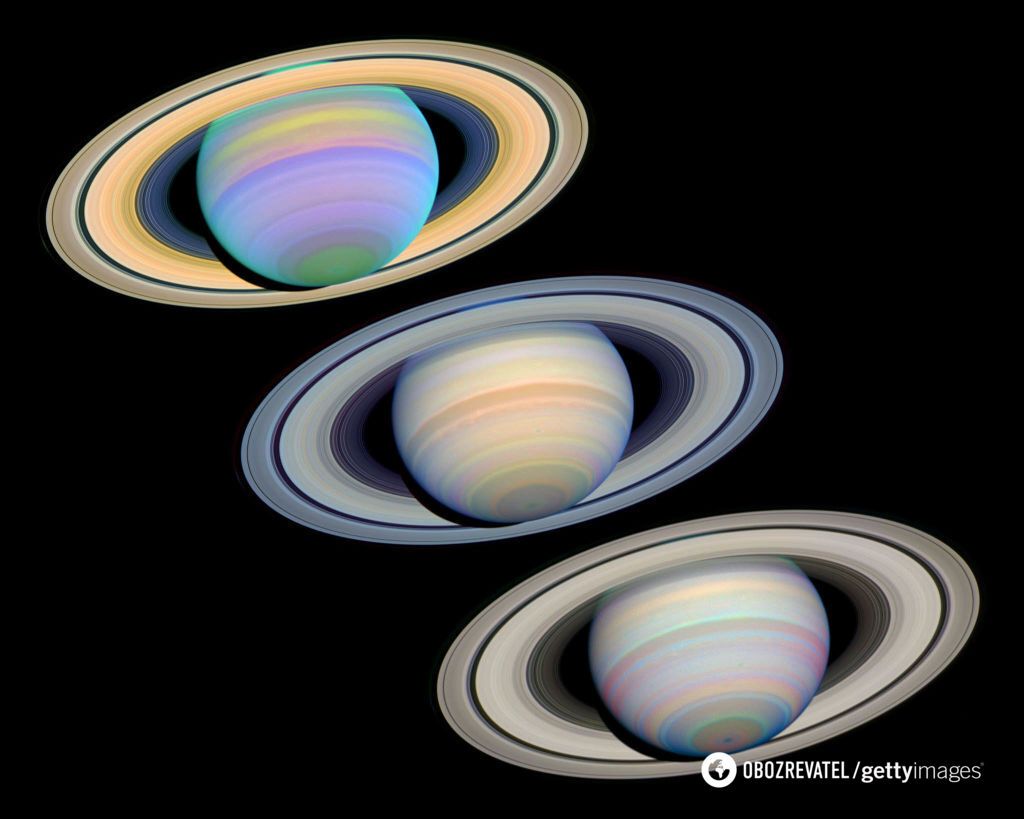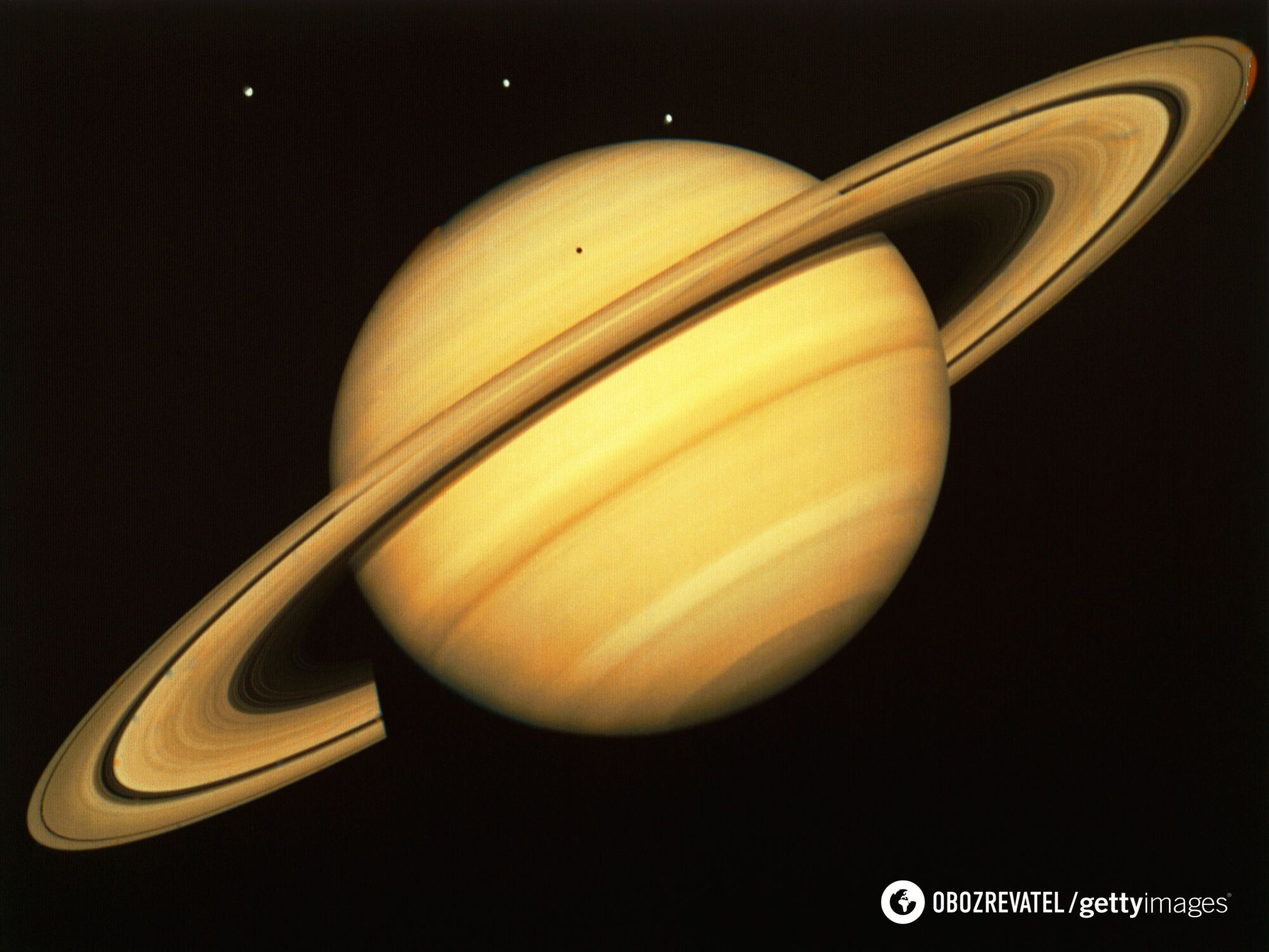News
Earth had a ring like Saturn's for millions of years: scientists publish evidence
New geologic data from researchers at Monash University (Australia) suggest that the Earth may have once been surrounded by a debris ring. That is, it was similar to Saturn.
According to the study, approximately 466 million years ago, a ring was formed around the Earth as a result of the disintegration of a massive asteroid, which remained for tens of millions of years. Scientists emphasize that the existence of this ring could have had a profound impact on the climate of our planet, contributing to significant cooling and shaping its geological landscape, DailyGalaxy reports.
It was formed from debris
The idea that Earth once had a Saturn-like ring stems from an unusual distribution of impact craters 466 million years ago. A research team led by Professor Andy Tomkins examined 21 known craters from that period, which were mostly concentrated near the Earth's equator. This looks like an anomaly because meteorite impacts usually spread randomly across the planet.
The scientists mapped these craters to their original locations using tectonic plate movement models and found that all the impacts occurred within 30 degrees of the equator.
The research team suggests that the large asteroid was captured by the Earth's gravity and subsequently torn apart. This formed a ring of space debris that orbited the planet. Over tens of millions of years, this debris gradually fell to Earth.
The impact of the ring on the climate
Scientists believe that the existence of such a ring could have affected the Earth's climate. After all, about 20 million years after the ring's formation, our planet entered a sharp cooling period known as the Huronian glaciation, one of the coldest periods in Earth's history. Scientists speculate that the ring may have contributed to this cooling by shading parts of the planet from sunlight, especially near the equator.
According to Tomkins and his colleagues, the ring created an equatorial shadow zone that reduced the amount of solar radiation reaching the Earth's surface, lowering global temperatures.
Comparison with other planets
Although the idea of Earth having a ring is new, planetary rings are not uncommon in the solar system. Saturn's rings are the most famous, but other planets such as Jupiter, Uranus, and Neptune also have faint ring systems. These rings usually consist of ice and rock particles that orbit the planets.
Interestingly, planetary rings are not necessarily permanent elements. Saturn's rings are believed to be relatively young, about 10 million years old, and are gradually disintegrating.
Similarly, Mars is currently being torn apart by one of its moons, Phobos, which could eventually form a ring around the Red Planet over the next 20-40 million years.
Scientists emphasize that understanding these cosmic events can not only shed light on the Earth's past but also offer valuable lessons for future planetary science and exploration.
Only verified information is available on OBOZ.UA Telegram channel and Viber. Do not fall for fakes!






























